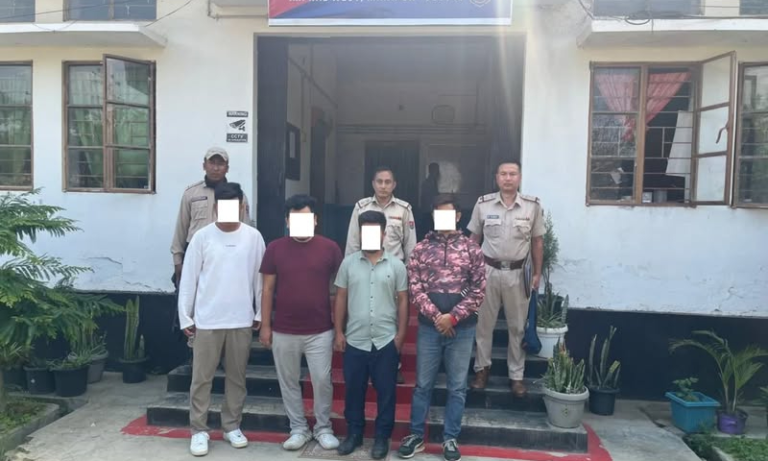EDIBLE WATER BUG ‘NAOSEK’ FACES EXTINCTION IN MANIPUR
Summary
Naosek (Lethocerus indicus), the giant edible water bug long cherished in Manipuri cuisine, is teetering on the brink of extinction in the state’s paddy fields and wetlands. Once abundant across Loktak Lake and other shallow water bodies during the monsoon, this insect—valued for its distinctive aroma in dishes like eronba, laphu eromba, and morok metpa—has become increasingly rare . Overuse of chemical fertilizers and insecticides, coupled with unregulated harvesting of both adults and eggs, has driven its steep decline. In response, Manipur’s Agriculture Department is advocating for a shift toward organic farming and biofertilizers to help safeguard Naosek and the broader wetland ecosystem
Introduction
Have you ever savored the earthy, aromatic kick of a traditional Manipuri curry? If you have, there’s a good chance you experienced the unmistakable flavor of Naosek—an edible water bug that has been woven into local culinary traditions for generations. But today, this tiny ingredient is on the verge of disappearing entirely from Manipur’s food landscape. In this article, we’ll dive deep into the history, cultural significance, ecological role, threats, and conservation efforts surrounding Naosek, and explore what its potential loss means not only for local gastronomy but also for biodiversity and sustainable agriculture.
The Cultural and Culinary Significance of Naosek
A Staple of Monsoon Feasts
When the rains arrive in Manipur, paddy fields and shallow wetlands transform into bustling habitats for Naosek. Families, both urban and rural, look forward to this seasonal delicacy that adds a punch of flavor and protein to their meals.
- Eronba: A signature fish-and-vegetable curry to which Naosek contributes its pungent aroma.
- Laphu eromba: A banana stem chutney uplifted by the bug’s essence.
- Morok metpa: A fiery chili mash that owes part of its depth to Naosek’s oils
Isn’t it fascinating how a creature that looks more at home in comic books can play such a star role on our dinner plates?
Conclusion
The story of Naosek is a vivid reminder that every ingredient on our plate has a journey—one shaped by ecology, culture, and human choices. While the challenges are formidable, Manipur’s collective efforts toward organic farming, community stewardship, and scientific research offer hope. Let’s savor the aroma of Naosek not just in our curries but also as a testament to our commitment to coexistence with nature.
FAQs
1. What makes Naosek unique compared to other edible insects?
Naosek’s distinctive chestnut-like aroma and umami-rich oils set it apart, adding depth to Manipuri dishes in a way few other insects can match.
2. Are there any health benefits to eating Naosek?
Yes! Naosek is high in protein, essential fatty acids, and micronutrients like zinc and iron, making it a nutritious addition to the diet.
3. How can farmers transition from chemical to biofertilizer-based agriculture?
Farmers can attend government-led training programs on biofertilizer production, use locally available organic waste materials, and adopt integrated pest management to reduce pesticide use.
4. Is captive breeding of Naosek a viable solution?
Early research suggests captive breeding can help replenish wild populations, but success depends on replicating natural conditions and ensuring genetic diversity.
5. Where can I learn more or get involved in Naosek conservation?
Reach out to local NGOs in Manipur like [Insert Local NGO], follow updates from the Manipur Agriculture Department, or join citizen science platforms monitoring wetland biodiversity.




